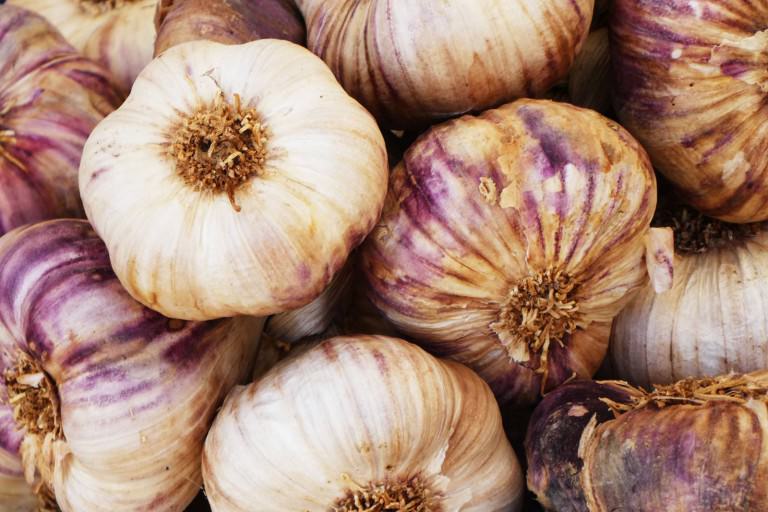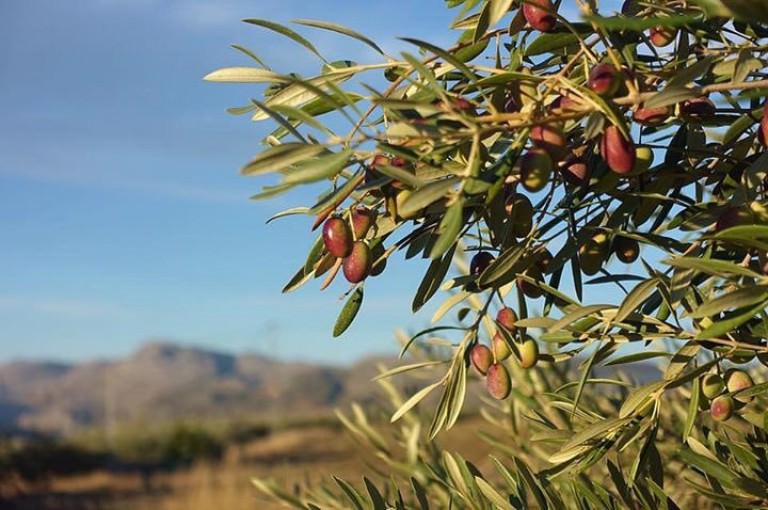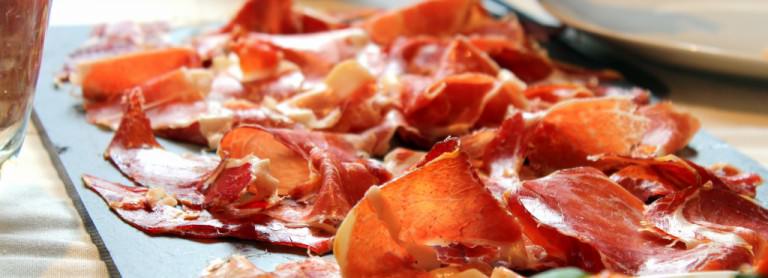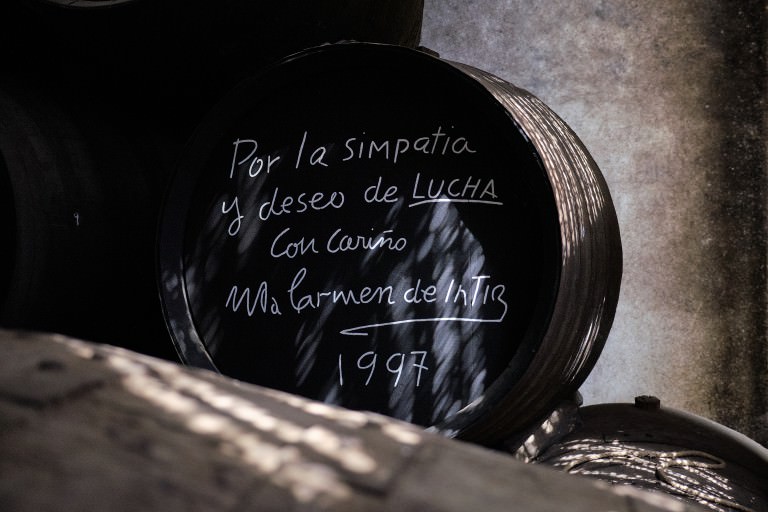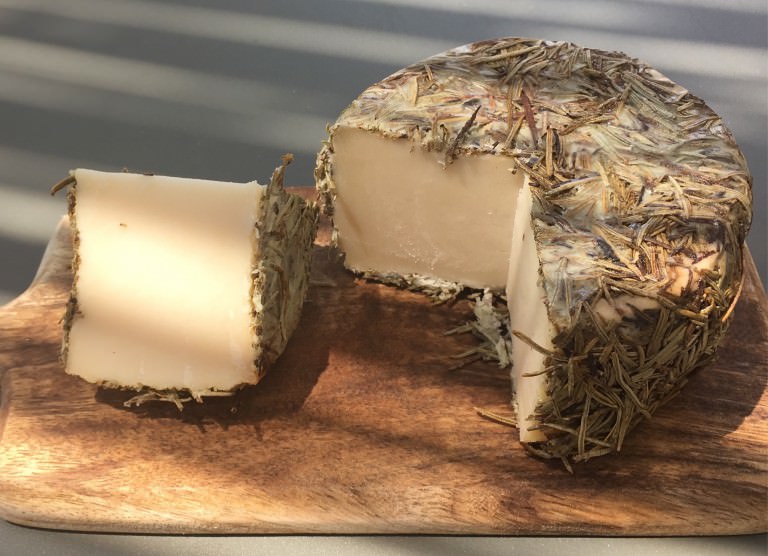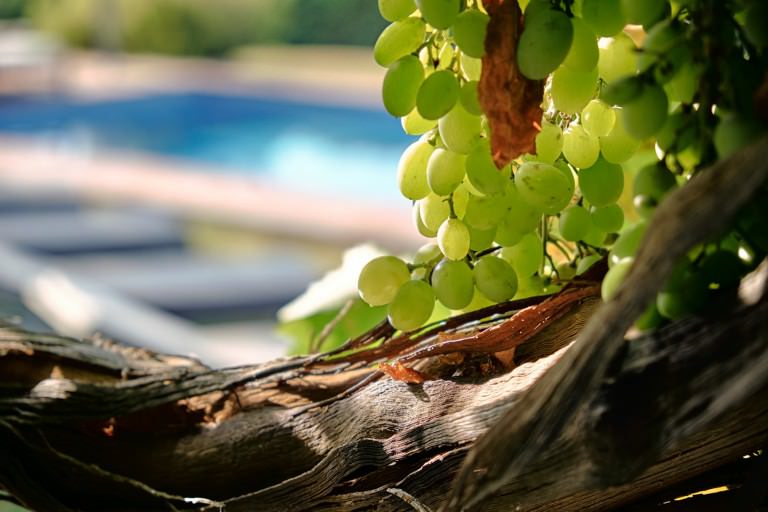Fresh produce
With so much sunshine there is incredible abundance in the Serranía. Wheat fields have made way for the vines that once dominated the land. Olive groves cover the stony hillsides. Oranges grow in profusion and quinces line the waysides. Orchards of almonds, chestnuts and walnuts thick with blossom, are dotted amongst the olive groves. Fields of coriander, edged with huge wild flowers, corncockles, aliums, blue bugloss and mallow lie to the north of us in the hills. Much can be grown here that you might not expect, avocados and persimmon, white mulberries, blackberries, pears and pomegranates. With this bounty of fresh produce available the Serranía is a real treat for foodies, from creative tapas to traditional specialities often found in some surprising places, it is no wonder that when looking for the best location to film ‘Jamie Does Spain’ Jamie Oliver chose Ronda. Be sure to try some of the local favourites such as salmorejo - better than gazpacho – or pasteles made by the nuns at the beautiful Carmelite convent of the Iglesia de Neustra Señora de la Merced. Other regional favourites include asparagus with scrambled eggs, fried aubergines in cane syrup, slow cooked ox cheek, tender stews of goat, rabbit or wild boar, ajoblanco – a chilled almond and garlic soup, gambas al pil pil – prawns with chili and garlic, a vast array of beautifully prepared grilled vegetables and of course, the ubiquitous olive.

